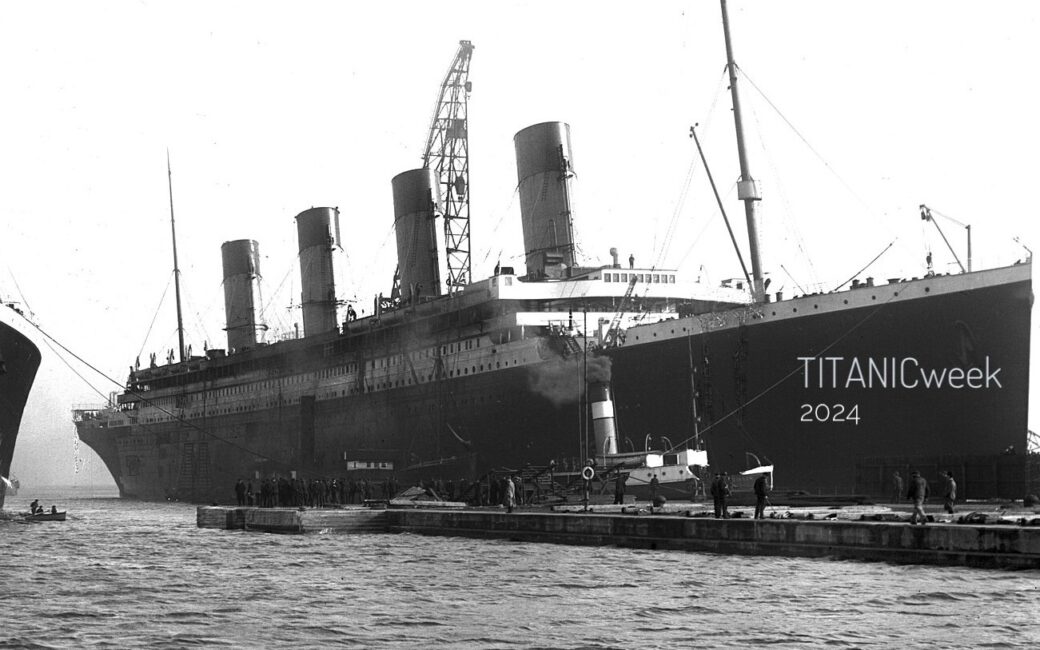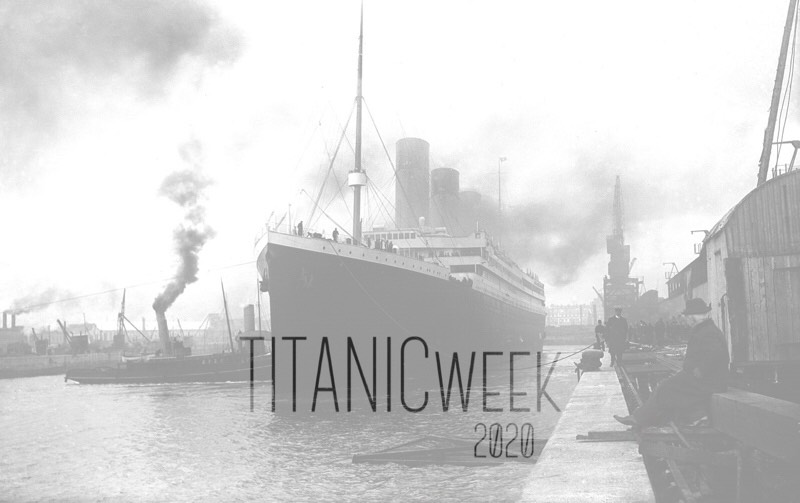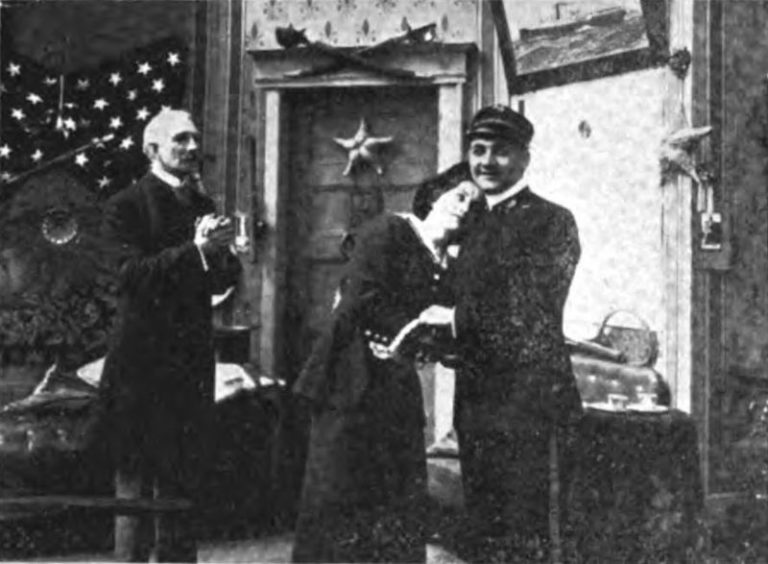"My Friend Was a Gentleman Farmer": William Crothers Dulles
William Crothers Dulles was a millionaire bachelor from Philadelphia.
Contemporary reporting indicates that he had a law degree, but if he did, he never seems to have practiced. To date, there is not even a record of a law degree being issued to him by his reported alma maters.
William was a member of an elite driving club in New York. He was also a dog fancier, having shown his Cavalier King Charles spaniels at shows throughout the Northeast.
But his life’s absolute passion was thoroughbred horses.
William was a horse breeder of some renown; his country home and farm in Goshen, New York, was called Tophill.
Tophill Farm was also where William also housed his extraordinary equine library and collection of equine art, which was rumored to be one of the most extensive in the world at the time.
This may very well have been true, given that William built a fortified bunker in which to store it all.
According to the New York Herald, “his library of sporting books was well known on both sides of the Atlantic. He had a vault of steel and concrete constructed for their safekeeping.”
And William alone kept the key to it.
William had been wintering in Europe alongside his mother Mary Dulles, since late January of 1912.
He was reported to have been inseparable with his mother following the loss of his father Andrew twelve years prior, always acting as his mother’s escort to Philadelphia events. Mary had been in Europe since December 1911, visiting with William’s younger sister Margaret and her husband Ettore.
In the spring of 1912, William had been dallying in Britain on the hunt for more rare equine tomes to add to his legendary library.
But then, for reasons unknown, Mrs. Dulles and her son parted ways in Paris so he might return home.
William Crothers Dulles boarded Titanic at 39 years old, at the port of Cherbourg, France.
As a First-Class passenger, he occupied cabin A-18. And he traveled alone, save for the company of his little dog, which--in keeping with the dog shows he participated in--is presumed to have been a Cavalier King Charles Spaniel.
There is hardly an account that provides any insight into William’s time spent on board.
But fellow First-Class passenger William Sloper attested to having made fast friends with Mr. Dulles, reporting briefly that they had shared a dining table with "a Mr. W.C. Dulles of Goshen, NY, and a Mr. Hoyt of New York City [who] were not saved."
"I remember I chummed around those first four days with a young, unmarried man about my age by the name of William Dulles who had been the steamer going over in the winter. My friend, Bill Dulles, was a gentleman farmer and trotting horse breeder from Goshen, New York. I saw him early on Sunday evening [April 14th] but I never saw him again. Later he was listed among the missing."
William Dulles died in the sinking of the Titanic. There are no known reports of his last moments.
The body of William Crothers Dulles was the 133rd corpse recovered by the crew of the Mackay-Bennett. It was noted as follows.
N0. 133. - MALE. - ESTIMATED AGE, 50.
CLOTHING - Green suit; grey sweater and overshoes.
EFFECTS - Gold watch and chain; gold plated knife and chain; gold tie clip; "W. C. D."; four memo books; gold stud; 11s. 6 1/2d.
FIRST CLASS.
NAME - W. C. DULLES.
A particular possession was notably absent from the listed effects: the single key to William’s bunker-full of celebrated equestrian treasures, which were still locked away at Tophill Farm.
The Chicago Evening Post reported on April 16th—the day after the sinking—of the pall cast over Paris.
And that reporting made specific mention of William’s inconsolable mother.
"The American colony in Paris was plunged into profound grief this morning by the definite news of the stupendous loss of life caused by the wreck of the Titanic. Hundreds of permanent residents and of the American tourists staying at the hotels had relatives on board. They had gone to sleep last night comforted with the assurances cabled here that all had been saved, and it was only when they received their newspapers this morning that they learned the terrible toll of fatalities…
The White Star office was besieged by weeping women, several of whom had sons on board. Among these was Mrs. William Dulles, who left the office in a state of collapse, supported by her friends."
The death of William Dulles was orbited by bizarre occurrences.
On April 19th, the Evening Bulletin reported an interview with William’s cousin, Dr. Charles Dulles, who was crestfallen that his cousin had not survived the sinking.
Therein, the Bulletin also mentioned a mystery woman, leading to speculation that William Dulles was secretly engaged—a rumor vehemently denied by his acquaintances.
"A handsome woman, elegantly dressed, inquired at the White Star Line offices in New York last night for information regarding Mr. Dulles. When told there was no record of his rescue, she hurried to the Surveyor of the Port and got a pass to the pier for the Carpathia's arrival. She was then lost sight of. Dr. Dulles said to-day he had no knowledge of the woman's identity."
Furthermore, in the midst of the tragedy, the Newark Star reported on that same day that a strange and harrowing incident had occurred at Tophill Farm.
An employee of William Dulles by the name of John Pippin had appeared on the property “wildly intoxicated… and violent.” He was subsequently kicked by one of the horses.
Drunk and bleeding, he then wrested the keys from the property caretaker and made his way to the late William’s bed, where he passed out.
Police arrested John Pippin at midnight after breaking in the door, which he had barricaded with furniture and a bunk bed.
Pippin had also armed himself with an axe, although according to the report “he had no opportunity to use it.”
William Crothers Dulles was interred in a family mausoleum in Philadelphia’s Laurel Hill Cemetery on May 6, 1912.
His world-famous library was eventually auctioned off in December of 1912, but only after expert attempts to break the lock to the bunker that safeguarded it.
New York’s American Courier reported in January 1913 that “in order to open the vault, his executor found it necessary to employ an expert locksmith, who worked many hours before he succeeded in his task.”
Prior to sale, William's collection was noted by the New York Herald as “the largest and Choicest Collection ever offered for sale by auction in America or Europe.”
SOURCE MATERIAL
Behe, George. "On Board RMS Titanic: Memories of the Maiden Voyage." The History Press, 2012.
https://www.encyclopedia-titanica.org/titanic-victim/william-crothers-dulles.html
https://www.encyclopedia-titanica.org/riddle-of-the-sphinx.html
https://www.encyclopedia-titanica.org/americans-in-paris-mourn-lost-kinsmen.html
https://www.encyclopedia-titanica.org/william-crothers-dulles-now-is-given-up-as-lost.html











